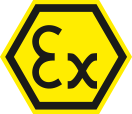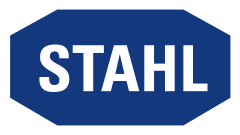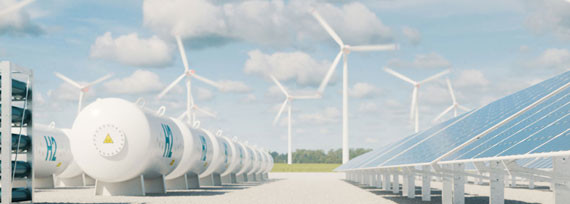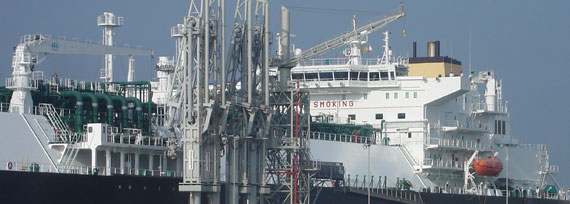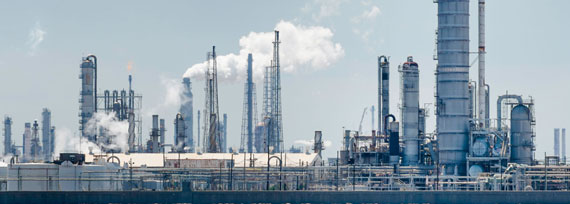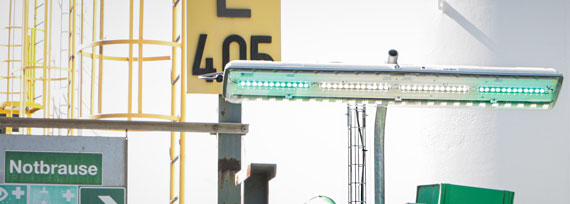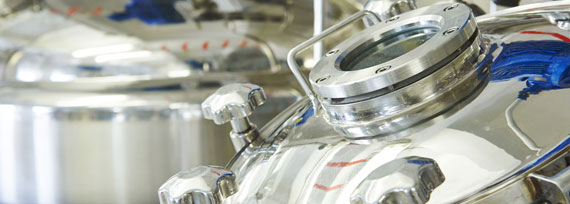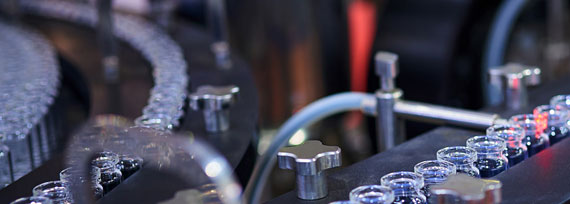Overpressure container for standard devices in hazardous areas
An individually configurable protective container allows standard versions of the control, operating and other equipment required on-site to be used in hazardous environments, instead of providing each of the devices with its own explosion protection. This often makes project engineering, use of the equipment and maintenance easier. R. STAHL supplied a container system of this type, which maintains an overpressure throughout the interior, for a snubbing unit owned by drilling rig maintenance specialists Balance Point Control (BPC).
The explosive atmospheres present in the oil and gas industry mean that standard equipment cannot usually be used as it is. Although the use of explosion-protected variants is permitted, many customers do not like to take this route, partly because these models are expensive, but in particular because they require a lot more work in terms of acquiring the necessary certification, operating the equipment and maintaining it.
Individually configurable, transportable ventilated containers (TVCs), which maintain an overpressure inside to protect the contents, offer a fit-for-purpose alternative that allows the flexible use of many standard items of equipment in hazardous areas.
R. STAHL produces these systems in accordance with the ATEX, IECEx and NEC directives and their standards.

Safe interior for standard equipment
The pressurised enclosure (Ex p) type of Ex protection is based on the concept of keeping explosive gas mixtures out of the air, surrounding electrical equipment in the protected area. This is achieved in a closed chamber by flushing out any explosive gases present and then creating and maintaining a pressure that is higher than the atmospheric pressure. Because the pressure inside this chamber is higher than the atmospheric pressure, at no point will the explosive gases be able to reach the protected area.
To maintain these conditions, the flow of flushed gas, the dimensions of the overpressure chamber and the size of the openings or doors that provide access to the outside must all remain perfectly attuned to one another. If this can be achieved, the interior then constitutes a safe space in which standard equipment can be operated without electrical or thermal ignition hazards. Thanks to this protection concept, when using an Ex p container, it is not necessary to limit the power consumption or fulfil any other safety requirements for the equipment used inside it, unlike equipment that has its own explosion protection.
The key benefit of this solution is that it provides explosion protection, that is not split between multiple parties; the Ex p container keeps things simple – a single-source, complete system from a single explosion-protection provider.
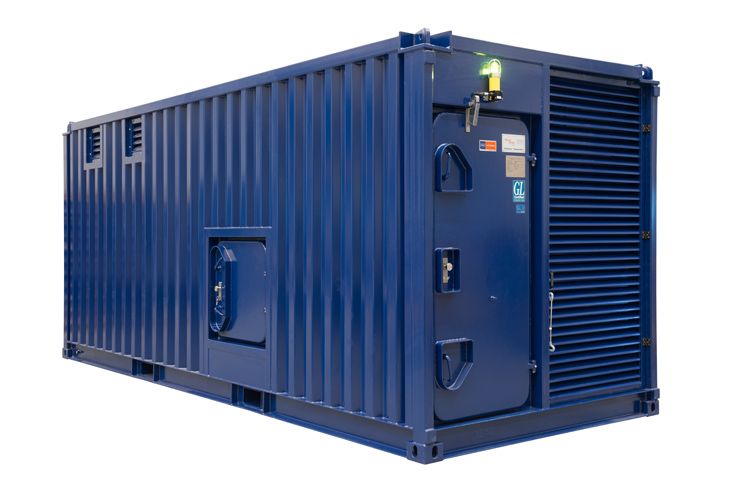
Effective ventilation solutions
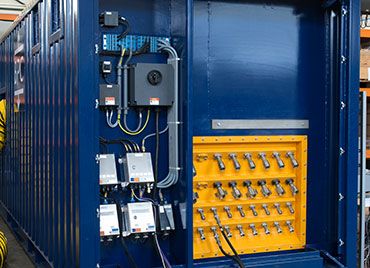
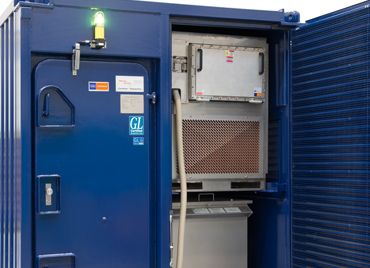
An integrated explosion-protected heating, ventilation and air-conditioning (HVAC) system provides pressure regulation for the Ex p containers' ventilation. The ventilation system provides IECEx-certified pressure regulation; the heating and air-conditioning system's entire range of functions is also at the operator's disposal.
The system can be designed in modular fashion to suit the requirements and dimensions of the container needed: The high cooling capacity of the available air-conditioning components makes them suitable for a whole range of containers, from 10-foot containers with minimal equipment installed, to 60-foot versions, even if they contain heavy-duty equipment that emits considerable amounts of heat. Depending on the project specifics, the permissible ambient temperature for the containers can be between
-50 °C and +50 °C. Special requests can also be incorporated.
The container for BPC's snubbing unit had to fulfill requirements such as those set out in the Norsok standard Z-015, for example. One of these regulations stipulates that the container must not have any add-on components. Whilst the ventilation unit would normally be attached to the roof, in this case, it is particularly compact and is housed inside the container. The fresh air from the safe area is supplied via a 15-m long hose. Designs can be tailored to comply with other requirements, such as those set out in NEC and GOST standards.
The container with the control and operating equipment for the snubbing unit owned by drilling rig maintenance specialists BPC was specially designed for its intended purpose and built to its bespoke specifications. The first port of call for BPC's new system is an offshore rig in Northern Europe. If required, the transportable container can easily be moved to a new operating location at any time.
Control and HMI container for a snubbing unit
The container houses a vast operating and monitoring system with six screens for the process. This HMI solution also includes a number of Ex-protected cameras manufactured by R. STAHL. These cameras are installed outside of the container, on the drilling platform. Live images that allow the operator to assess the safety situation are provided by four EC-750 dome cameras, along with an exceptionally compact EC-710 camera, which is especially well suited to small spaces at the installation location.
The container is also equipped with other R. STAHL components, including components fitted to the exterior such as Ex-protected signal beacons to warn the operator in the event of a fault, emergency lighting plus all the requisite power distribution and terminal boxes.
Last but not least, this complete solution includes an explosion-protected 24 V DC back-up power supply system for the control system: In the event that the normal power supply fails, the battery permits continued operation for around half an hour in order to permit controlled system shutdown.
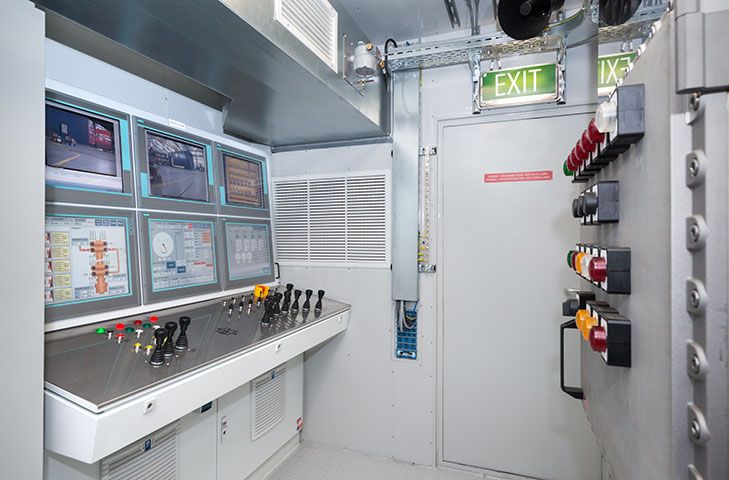
World class container system
For over 50 years, R. STAHL's subsidiary Electromach has been supplying explosion-protected components and control systems for both onshore and offshore applications in the oil, gas and petrochemical industry. Specialists in designing and manufacturing systems, Electromach offers complete container systems with overpressure systems from a single source. Its range of services include mechanical and electrical design (3D), software and programming, material procurement, servicing, extended acceptance testing, system certification, the provision of documentation, transportation and insurance, as well as assistance with commissioning the system. These services minimise the project costs and the time required. All components are designed to work together and are fully operational in no time at all, which reduces the amount of time needed for commissioning the system and means that the responsibility for explosion protection lies entirely with one company.

